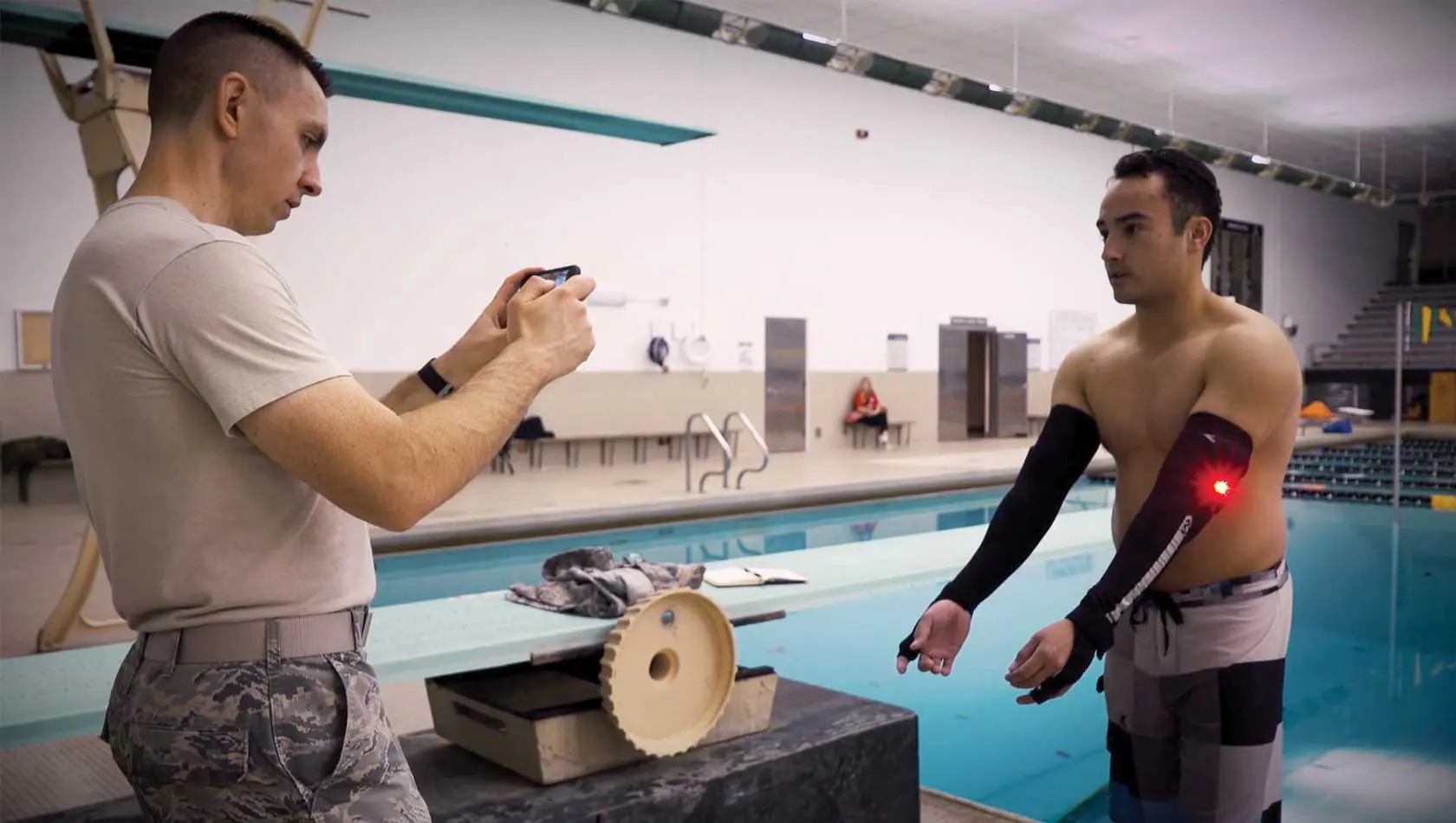Wearable Technology
By DJ HERNANDEZ III, AMC FLIGHT SAFETY
Wearable technology is the new “next big thing.†Wearable tech devices come in a variety of forms, including rings, watches, and wristbands, and can monitor our fitness levels, track our location using GPS, and relay text messages more quickly. The advantages of utilizing wearables—and their functionalities—include real-time monitoring, fitness and health awareness, improved communication, and enhanced safety and security.
What is real-time monitoring? It is the real-time transmission of continuously updated data about your physical activity, sleep patterns, and health metrics. For fitness and health awareness, the wearable tech devices provide data about how many steps you have taken, calories burned, nutrition, and pulse rate. The enhanced safety and security features are like a version of LoJack. While LoJack helps find a stolen car, some wearable tech have built-in fall detection sensors to automatically call for help if the user falls and cannot get up.
What are the disadvantages? Privacy and security concerns, data accuracy, interpretation, and limited battery life to name a few. Privacy and security are among the most significant concerns about wearable tech devices; the personal data collected and transmitted can be hacked, leading to identity theft. Also, wearable tech has the potential to collect large amounts of data. However, the data collected may or may not be accurate and useful. For example, user error or device calibration can affect data accuracy.
As technology advances around wearable technology, so will the Air Force.1 Currently, Airmen use wearables to help prevent injury and ensure safety.2 For example, the Flashing Indicator of Swimmer’s Health (FISH) is an underwater blood-oxygen monitor used to help Special Warfare Airmen from blacking out underwater.3 Developed by the Air Force Research Laboratory, the FISH device has been prototyped in two forms—a swimming goggle attachment and an arm sleeve—and warns bystanders via a flashing LED when a swimmer’s blood oxygen saturation levels begin to drop.4
Other wearable tech devices are being developed, including the Survival Health Awareness Responders Kit (or SHARK), which collects an Airman’s temperature and other bioindicators—via sensors built into a shirt—during intense training exercises.5 Any testing in the Air Force is human subject research and governed by protocols to de-identify and aggregate the data before it is shared. Future operational use will require policy decisions by the Air Force on data use.
The Air Force’s use of wearable technology to increase safety margins for Airmen has only just begun, and it will be exciting to see how its use is expanded in the future. Things that make you go, hmmm …
- https://www.airforce.com/experience-the-air-force/airmen-stories/inside-air-force-innovation/wearable-tech ↩︎
- Ibid. ↩︎
- Ibid. ↩︎
- https://techlinkcenter.org/technologies/flashing-indicator-of-swimmer-s-health/7ea68acf-0ec5-48e9-925b-11b5b226da28 ↩︎
- https://www.airforce.com/experience-the-air-force/airmen-stories/inside-air-force-innovation/wearable-tech ↩︎

